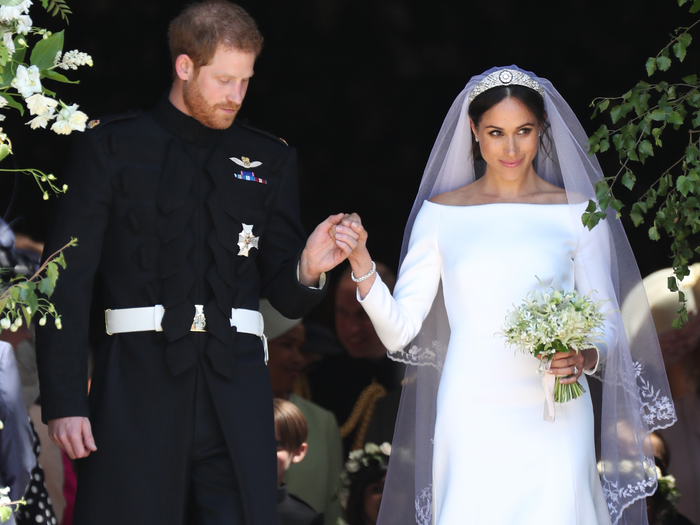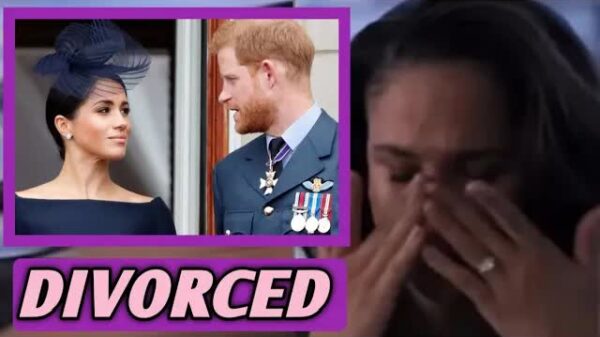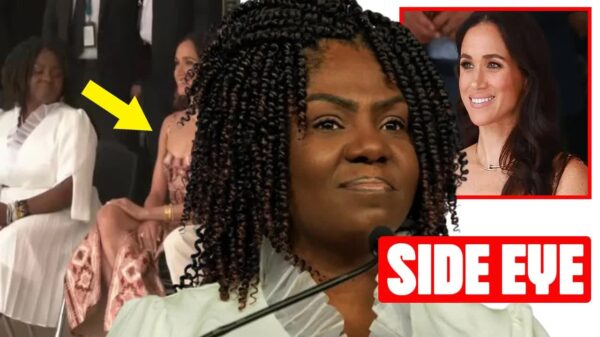In a recent article, The Daily Express stirred the pot by claiming that Prince Harry and Meghan Markle faced humiliation after the National Portrait Gallery declined to display their portrait.
However, this sensational headline misses the mark and paints a misleading picture of the situation.
It’s essential to dig deeper into the facts and understand how galleries operate rather than accepting such narratives at face value.
First off, the choice of the word “refused” is quite telling.
It implies an active rejection of the couple’s portrait, suggesting an intentional slight.
In reality, institutions like the National Portrait Gallery have a vast collection of artworks, far more than they can exhibit at any one time.
It’s standard practice for galleries to rotate their displays, meaning many pieces remain in storage for extended periods, sometimes even years.
Thus, framing this routine decision as a refusal is not only inaccurate but also skews the true essence of gallery curation.
Moreover, there’s no evidence from credible sources indicating that Harry and Meghan’s portrait was specifically rejected in a manner implying it was once considered for display.
The narrative being spun here suggests a deliberate snub from the gallery, which is likely far from the truth.
Instead, it seems they are simply adhering to normal procedures that govern art exhibitions.
The assertion that the couple felt humiliated by this non-event stretches the bounds of reasonable journalism.
Did they personally request the gallery to showcase their portrait?
Most likely not.
The idea that not having their portrait displayed equates to public embarrassment is frankly absurd.
Such a leap in logic serves only to fuel the ongoing negative portrayal of the couple in the media.
This kind of reporting is emblematic of a broader trend where Meghan and Harry are often depicted as antagonists in a long-standing feud with British tabloids and institutions.
By taking a mundane decision like a gallery’s display choices and twisting it into a narrative of rejection, the article feeds into a preconceived storyline that paints the couple in a poor light.
The use of emotionally charged language, such as “humiliated,” is a tactic frequently employed by tabloids to stoke animosity towards the Sussexes.
It’s vital to distinguish between a routine gallery decision and a couple suffering a public disgrace.
Unfortunately, this article conflates these two very different scenarios, showcasing a clear bias in its reporting.
It’s worth noting that the National Portrait Gallery, especially one of its stature, is under no obligation to exhibit every piece it acquires.
With thousands of portraits in its collection, only a small fraction can grace the walls at any given moment.
The sensational claims made in The Daily Express are a classic example of clickbait journalism, designed to entice readers through exaggerated narratives that lack solid grounding in reality.
Meanwhile, on a separate note, Prince Harry made headlines for his attendance at a high-profile World Health Organization dinner in New York City on September 22, 2024.
The event aimed to address the pressing issue of violence against children and its mental health repercussions, gathering influential figures from various sectors.
Harry’s presence alone drew significant attention, particularly since he attended without Meghan.
The dinner included notable guests like Queen Matilda of Belgium and actor Forrest Whitaker, underscoring the event’s global significance.
By participating, Harry not only added his voice to this critical conversation but also highlighted his commitment to mental health advocacy—a cause that resonates deeply with him.
Through his Archwell Foundation, co-founded with Meghan, Harry has championed mental health initiatives, community building, and combating misinformation.
This dinner provided him with a platform to further these efforts on an international scale, aligning perfectly with Archwell’s mission to uplift communities.
While some may question Meghan’s absence from the event, it’s not unusual for Harry to engage in solo appearances related to his charitable pursuits.
While Meghan remains active in California focusing on their children, her involvement with Archwell continues unabated.
This strategic division allows them to tackle a broader range of philanthropic issues—Harry concentrating on mental health while Meghan focuses on women’s rights and early childhood development.
As Harry navigates this busy week in New York, it’s clear that his agenda extends beyond a single event.
His participation in various philanthropic activities during the UN General Assembly reflects his dedication to humanitarian work and advocacy, a hallmark of his post-royal identity.
Interestingly, Harry’s schedule coincides with his brother Prince William‘s Earthshot Prize Summit in New York, though reports suggest William will not be attending.
This absence raises questions about a potential reunion between the brothers, an encounter that many have speculated about but may not come to fruition this time.
In a world where narratives can easily be twisted, it’s crucial to sift through the noise and recognize the difference between sensationalism and reality.
The portrayal of Harry and Meghan in the media often lacks nuance, reflecting a broader agenda that seeks to undermine their contributions and intentions.










